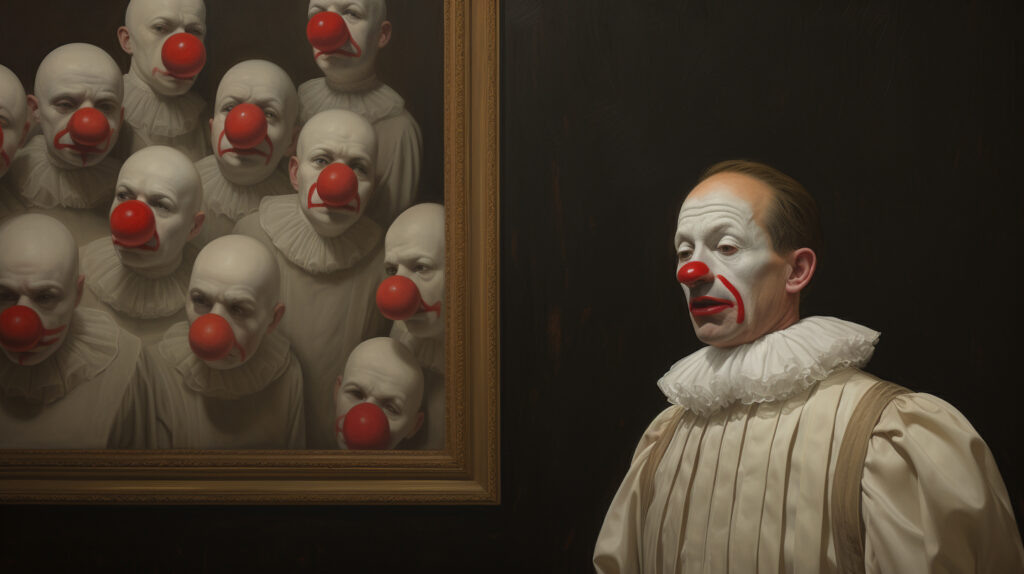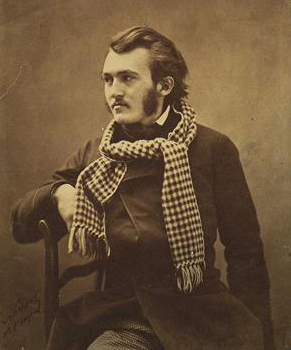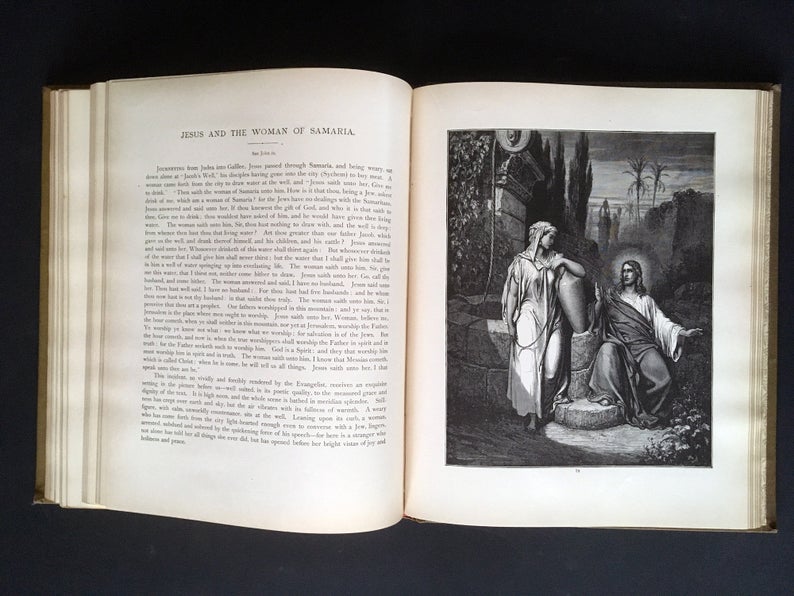As I’ve noted in a previous article, there are an astounding amount of inactive museum blogs out there. My colleagues and I recently studied 1,306 websites of North American museums to know who was using a blog. Of the websites we reviewed, we found 212 (16%) with inactive blogs. That means at least 212 museums once thought that a blog was a good idea, but didn’t have the plans to sustain it.
Last month, I posited, somewhat in jest, that the cause of this inactivity could be the lack of seriousness commanded by the word “blog.” While I do believe that name should change and go away forever, I think the more realistic issue for a sputtering blog is the lack of a concrete plan.
Before I share my simple solution, let’s agree on a premise. Regularly creating meaningful content isn’t automatic. If it were, there wouldn’t be any inactive blogs. Content creation needs to become a habit, and a blog strategy is an effective framework for developing healthy habits.
A Formula for Blogging Habits
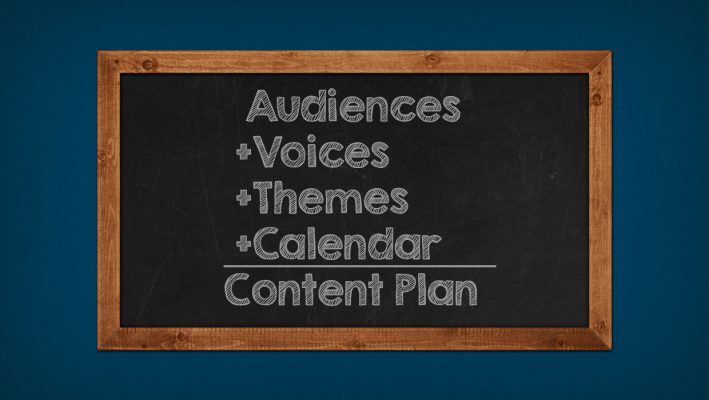
This slide comes from one of our content strategy consultations. The idea is that if you can establish each of the addends of this simple formula, the sum will be a blog plan that isn’t just meaningful to you and your audience, it’s can be repeated. And the key to facilitating that repetition is an editorial calendar.
In the abstract, the thought of an editorial calendar might seem overwhelming. But if you start at the top of that equation, by the time you get to the calendar, you’ll know exactly what you want to say, and to whom. The calendar is just a tool to establish the “when.”
Setting Up Your Calendar
You could probably find an app out there to manage your calendar and your editorial flow — we like Airtable around here — but I still start with a simple spreadsheet. I use two tabs: one for an annual overview and one for monthly planning.
Here’s an example of what a museum’s blog annual overview might look like:
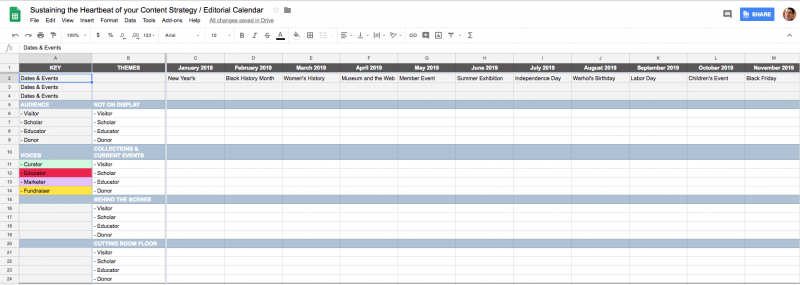
As you can see, I’ve come up with four audience segments, four voices, and four themes to represent my theoretical museum. Your real-life museum may only have one or two of each, or five.
In an ideal distribution of this content plan, each month would feature four articles that represent each of the various themes, segments, and institutional voices. For example, week one might be a behind-the-scenes post for visitors, from the point of view of Curatorial. Week two could be a post about current events for educators, written from the perspective of Education. And so on.
The color-coding key in the left-hand column will help you make sure you’re representing all voices when you zoom out to review your calendar. So if you were able to execute your plan with this sort of precision, your calendar would look something like this by the end of the year:

Nobody’s perfect, but the point is you want a balance of voices and themes throughout the year. You know you’re missing the mark if your calendar looks more like this:
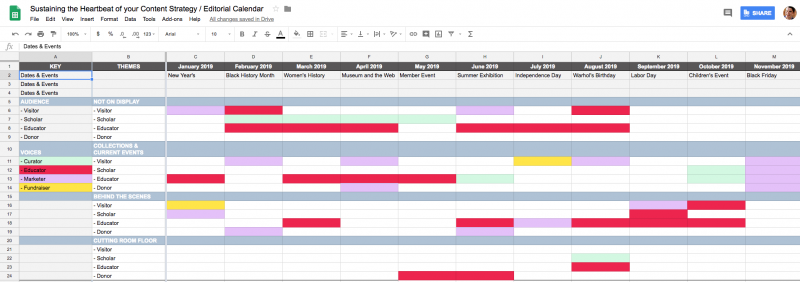
Monthly Planning
The second tab in the planner is a space to keep track of producing the articles. This is where I assign authors, make notes of links and media needs, and update the status. Your own blog strategy may necessitate different fields than the ones I created, but this is what it would generally look like:

Your monthly planning tab is your content tracker, where you can follow the progress of each new article, post, story or page.
Creating a calendar is a great way to add some intentionality to your museum’s web content, but it’s just a start. Your museum is full of stories. Your content strategy and editorial calendar help your website know which ones to tell and when.




